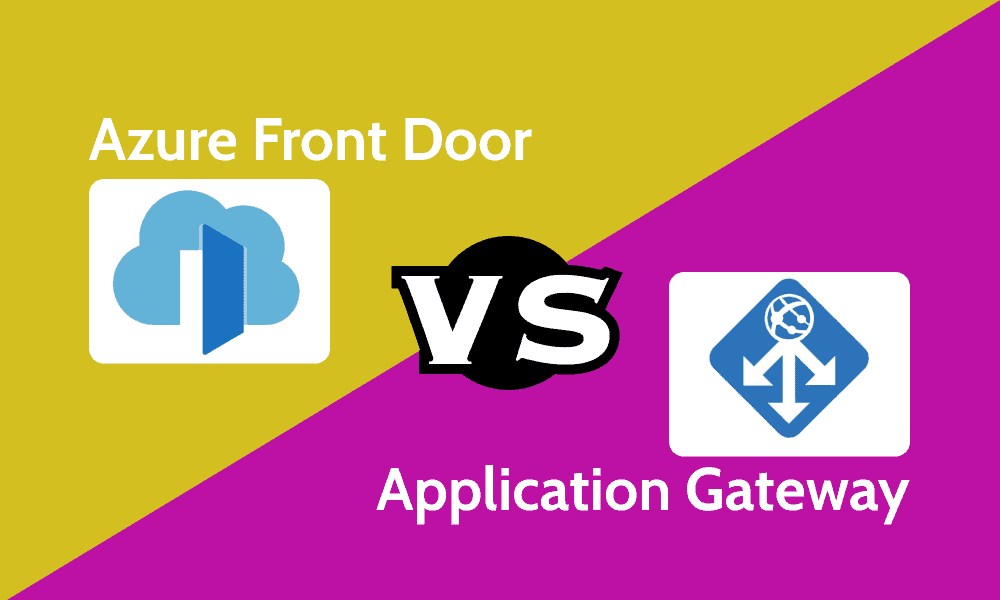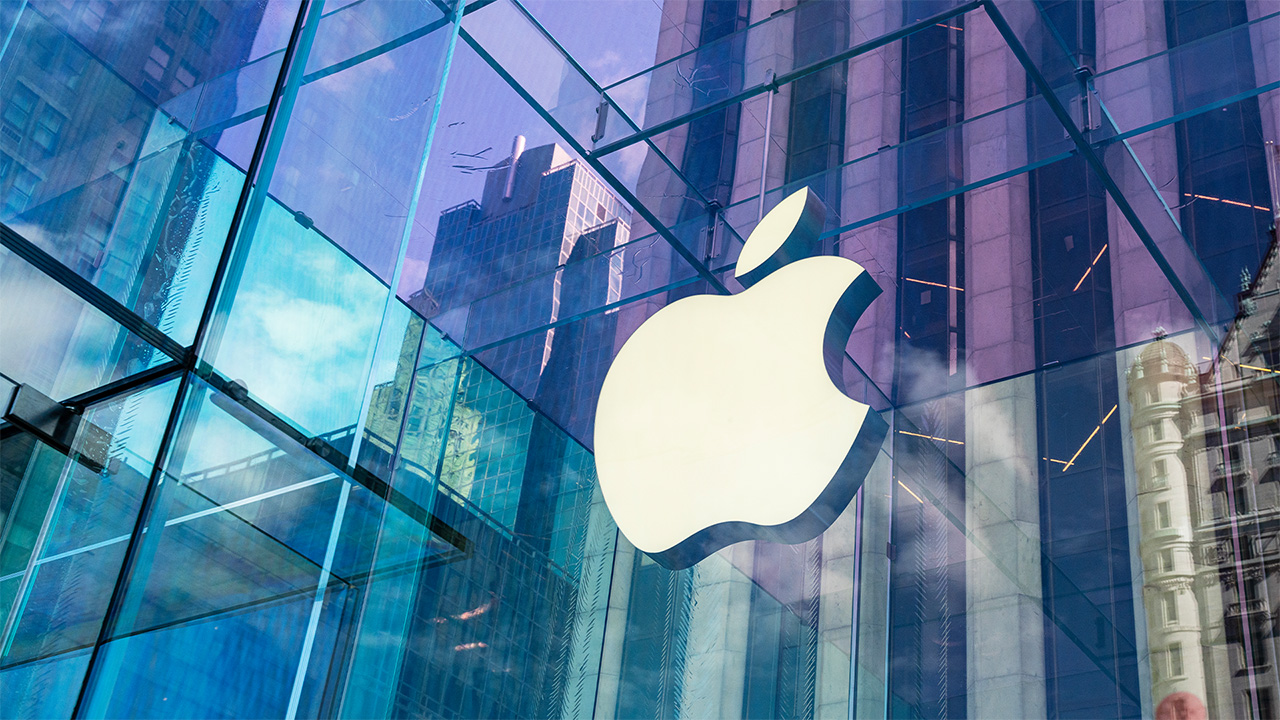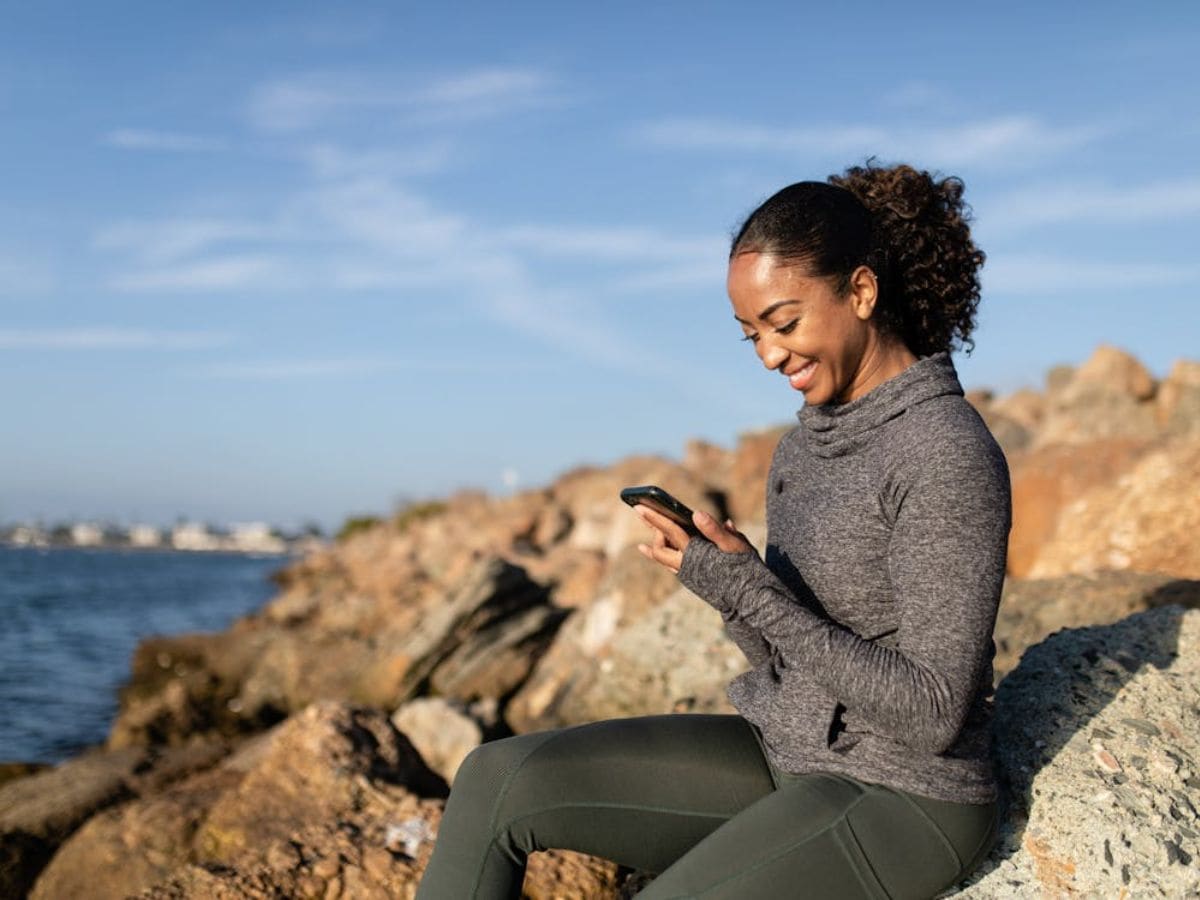Google recently presented the Pixel 9A, a smartphone that hopes to make a place in the mid -range segment. However, he will have to face a major opponent: the iPhone 16th. More expensive than its Android rival, the latest iPhone occupies the same role as the Pixel 9a by coming to position itself at the entrance to the current Apple range. A positioning that pushes us to compare these two models which promise a premium experience at a more accessible Price than their big brothers.
Design: not so different
Google and Apple take radically different paths, but their respective smartphones are not so far away. The common points have to offer a relatively flat back and flat edges.
The Pixel 9a follows the evolution of its elders to offer a more refined design than before. Opposite, Apple recycles the design of the iPhone 14 by bringing modern elements such as the USB-C port inherited from iPhone 15 and 16.
Google’s latest smartphone opts for a fairly compact design (154.7 X 73.3 x 8.9 mm) and weighs 185.9 g. The iPhone 16th is even smaller (146.7 x 71.5 x 7.8 mm) and light (167 g) than its rival.
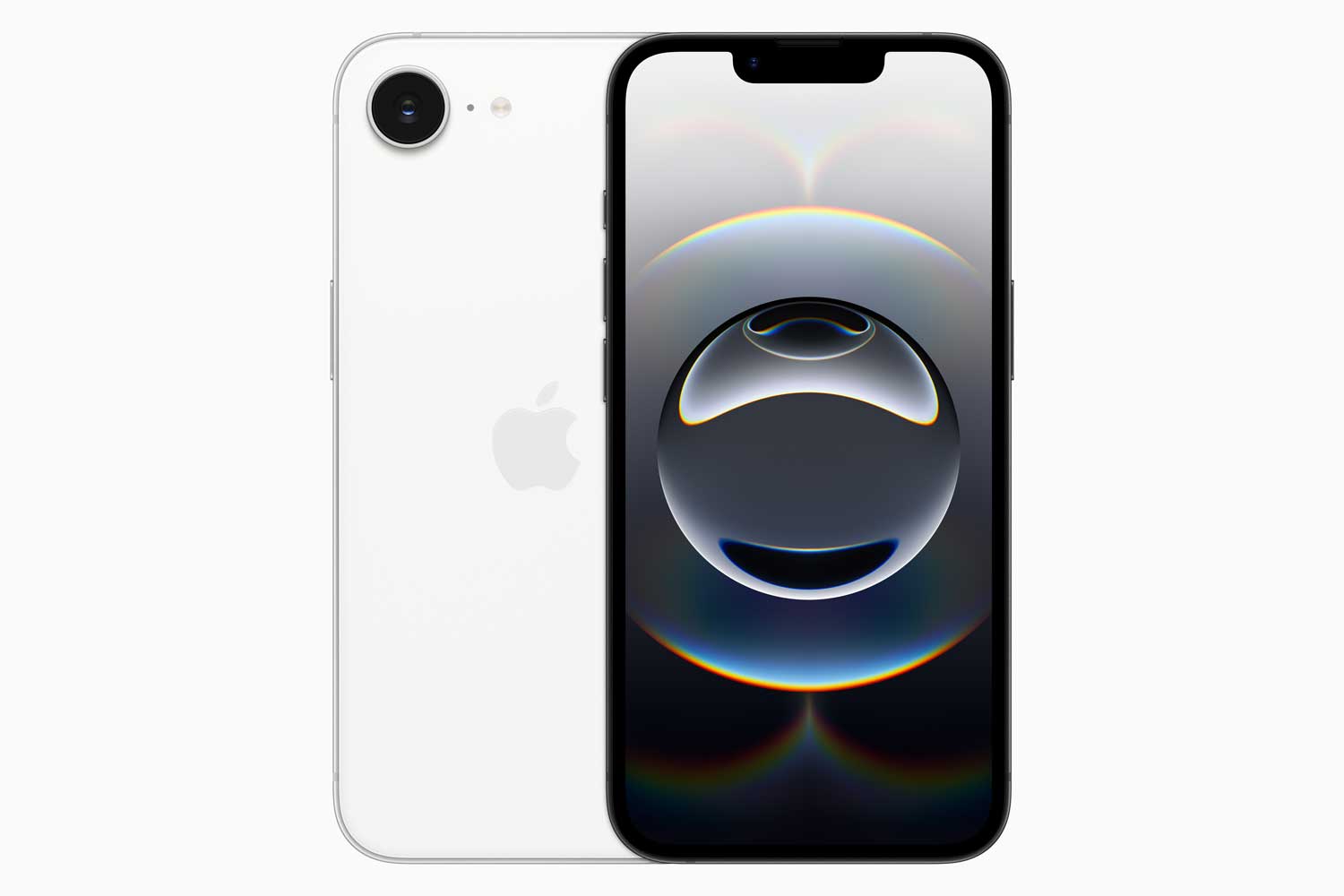
With the Pixel 9a, a change in style is visible on the back with the abandonment of the headband in favor of a more discreet photo island. His opponent takes advantage of the presence of a single back sensor to offer a minimalist photo “block”
From the front, the main difference comes from the wide notch (no Dynamic Island) offered by the iPhone 16th. The Pixel 9a has a classic approach with a punch centered at the top of the screen to accommodate the selfie camera.
The two models benefit from an IP68 certification, which means that they display increased resistance to water and dust. The Pixel 9a is protected by Corning Gorilla Glass 3 glass while Apple offers Ceramic Shield glass.
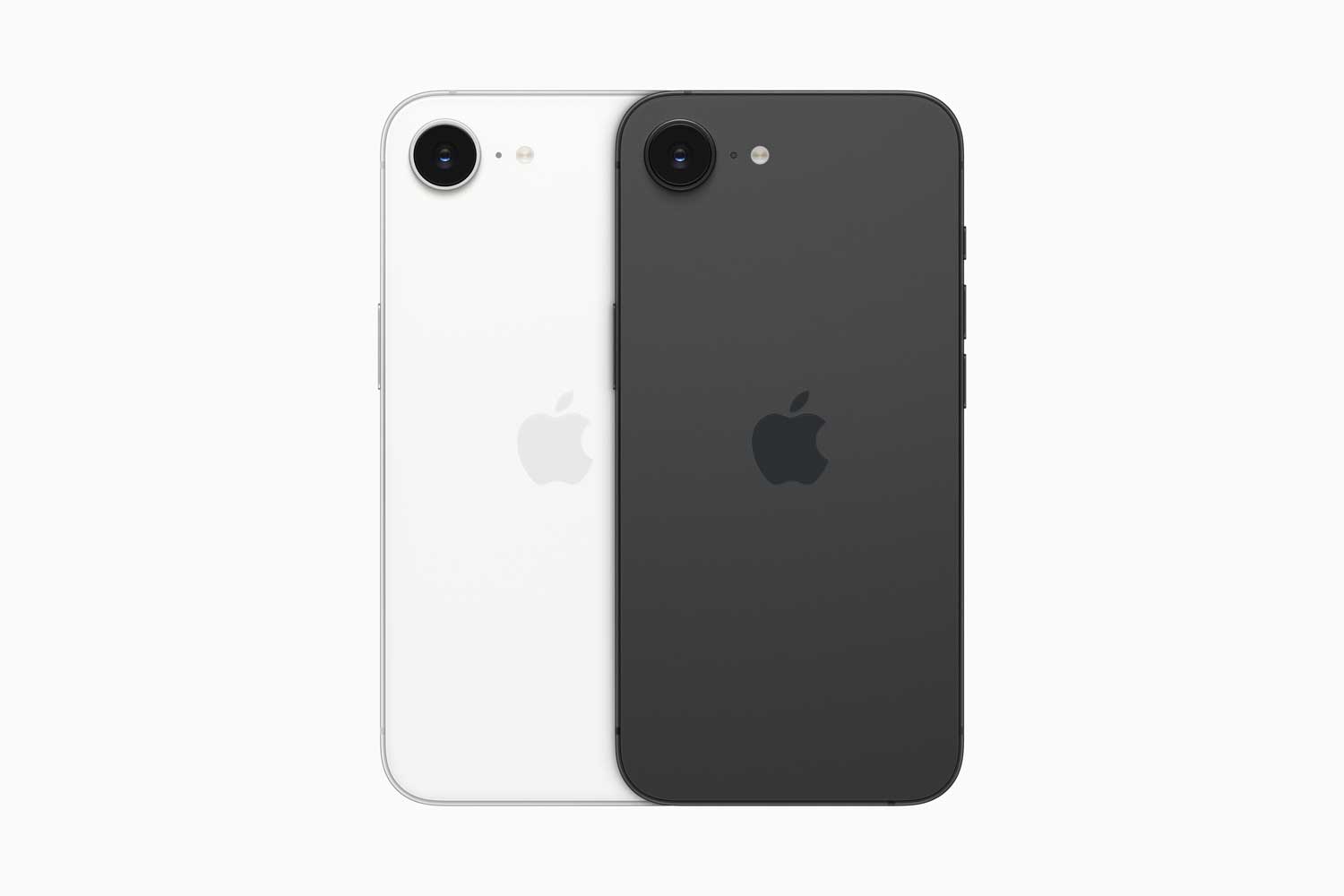
Regarding colors, the Google Pixel 9a is available in four colors: iris, peony pink, porcelain and volcanic black. Apple offers fewer options and declines the iPhone 16th in black or white.
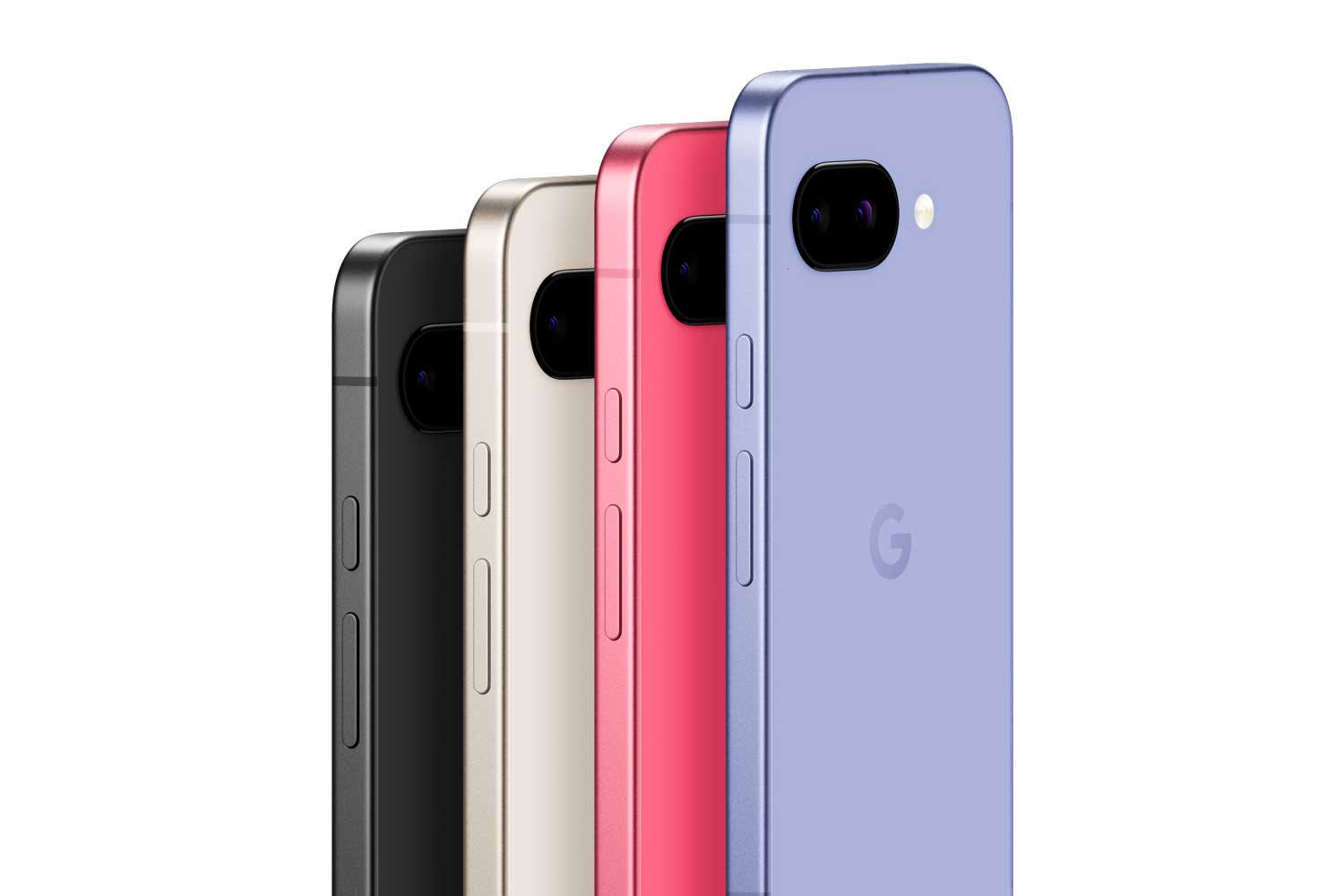
A little more modern in its approach and more colorful, the Pixel 9a is essential – in this duel.
Winner: Google Pixel 9
| Google Pixel 9a | iPhone 16e |
|
|
|
|
|
|
Screen: The Pixel 9a makes much more effort
The Pixel 9A has an OLED 6.3-inch OLED screen displaying a definition of 2,424 x 1,080 pixels, with a variable refresh rate (60-120 Hz) and a maximum brightness of 2,700 nits (1,800 nits for HDR content).
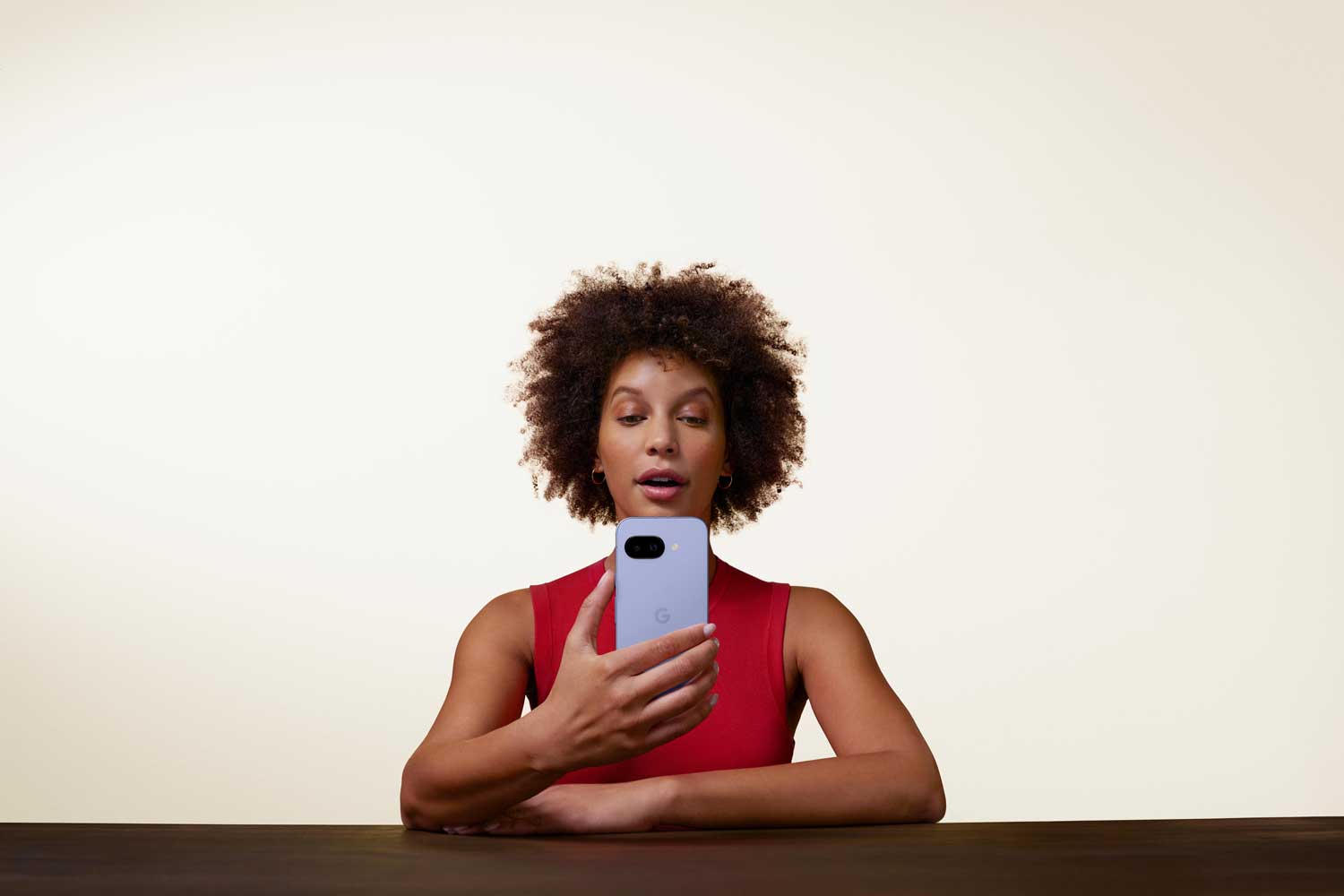
The iPhone 16th has a 6.1 -inch smaller OLED screen, displaying a definition of 2,532 x 1,170 pixels. The refreshment rate remains blocked at 60 Hz while the maximum brightness is 1,200 nits (800 HDR nits).
Larger, more fluid and brighter, the screen of the Pixel 9a does better than that of Apple in all the compartments that matter. However, apple brand can be left with a possible advantage in terms of calibration.
Winner: Google Pixel 9a
| Google Pixel 9a | iPhone 16e |
|
|
|
|
|
|
|
|
Performances: Apple dominates fairly sharply
Under the hood, Google relies on a G4 Tensor chip which would be slightly less powerful than that of Pixel 9. The Pixel 9a adds 8 GB of RAM, as well as 128 to 256 GB. This very honest configuration should allow you to benefit from a fluid experience optimized by Google, but not all the features related to AI. With only 8 GB of RAM, Google’s “accessible” model will not have enough RAM to take advantage of the most advanced artificial intelligence functions.
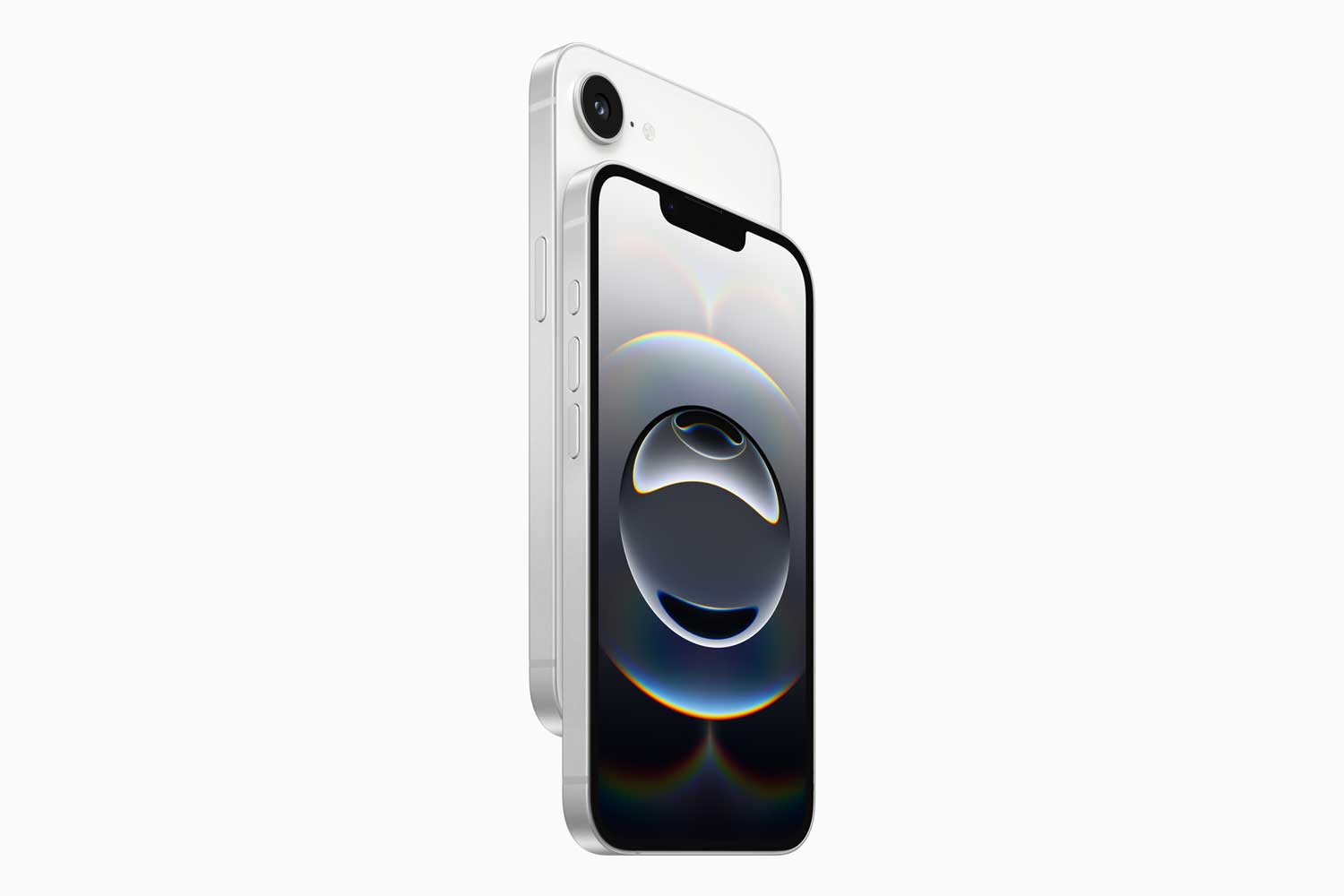
Faced with him, the iPhone 16th impresses with his A18 chip, offering higher raw performance and a neural Engine 16 hearts that propels Apple Intelligence. Even amputated with a GPU heart, this chip impresses us much more than that offered by Google. On this model, Apple even brings a novelty with the integration of Modem C1.
Winner: iPhone 16th
| Google Pixel 9a | iPhone 16e |
|
|
|
|
Software and AI: artificial intelligence gives Google the advantage
Apple obviously relies on the iOS operating system on the iPhone 16th, in version 18 when it was released. The smartphone accesses the latest features imagined by the apple brand and its configuration promises a very fluid experience. Regarding updates, Apple is a reference in this area even if the firm communicates little on the subject. Last year, she was committed to five years of minimum updates.
Behind the Android operating system as we know it, Google incorporates the latest version of its OS (Android 15) in Pixel 9A. The Made by Google smartphone has the Pixel Experience interface for an experience fairly close to Android Stock, with a strong Google taste. The firm services are of course present and the pixel have the advantage of accessing functions in preview. In addition, Pixel 9a has something to see with its seven years of updates.
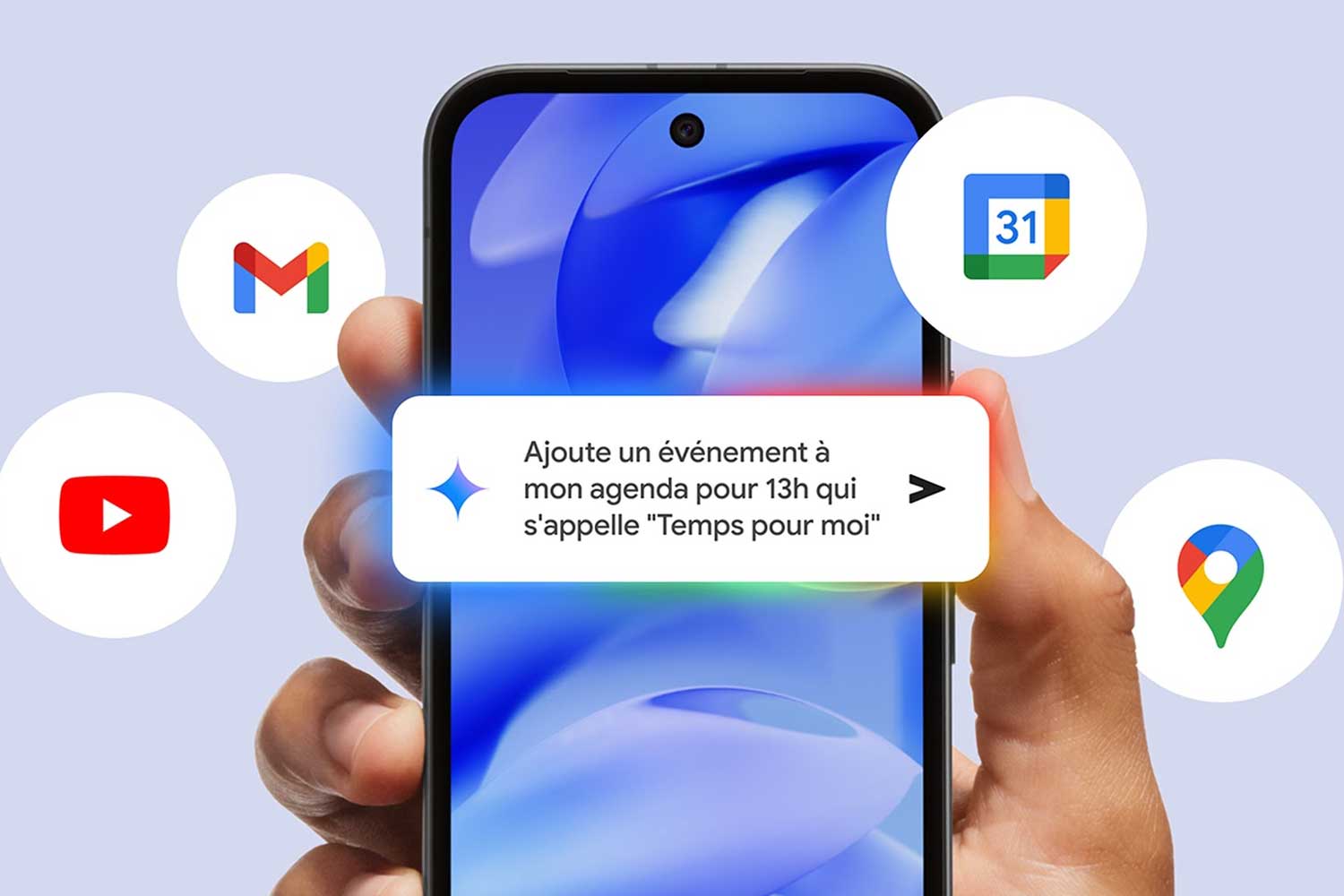
In terms of AI, Google quickly has this turn in its smartphones and the Pixel 9a benefits. He has a slew of features stamped AI, including the Gemini assistant and functions such as surrounding to find or filtering exclusive pixel calls.
Apple also talks about artificial intelligence via Apple Intelligence, but the update is not yet available for everyone (iOS 18.4 is still beta at its lines). The first returns are mixed and Google seems to us, at the time T, having one step ahead in terms of AI. Please note, this can very quickly evolve in this area and you should not underestimate Apple.
Winner: Google Pixel 9a
| Google Pixel 9a | iPhone 16e |
|
|
|
|
Photo and video: tighter than you think
Google is regularly quoted as a reference in photophone. The Pixel 9a is more versatile than its opponent by betting two photo sensors on the back: a main 48 Mpx sensor and an ultra-angle of 13 Mpx. The strength of the American giant lies in the software processing which should allow it to be a continuation of the Pixel 8A.
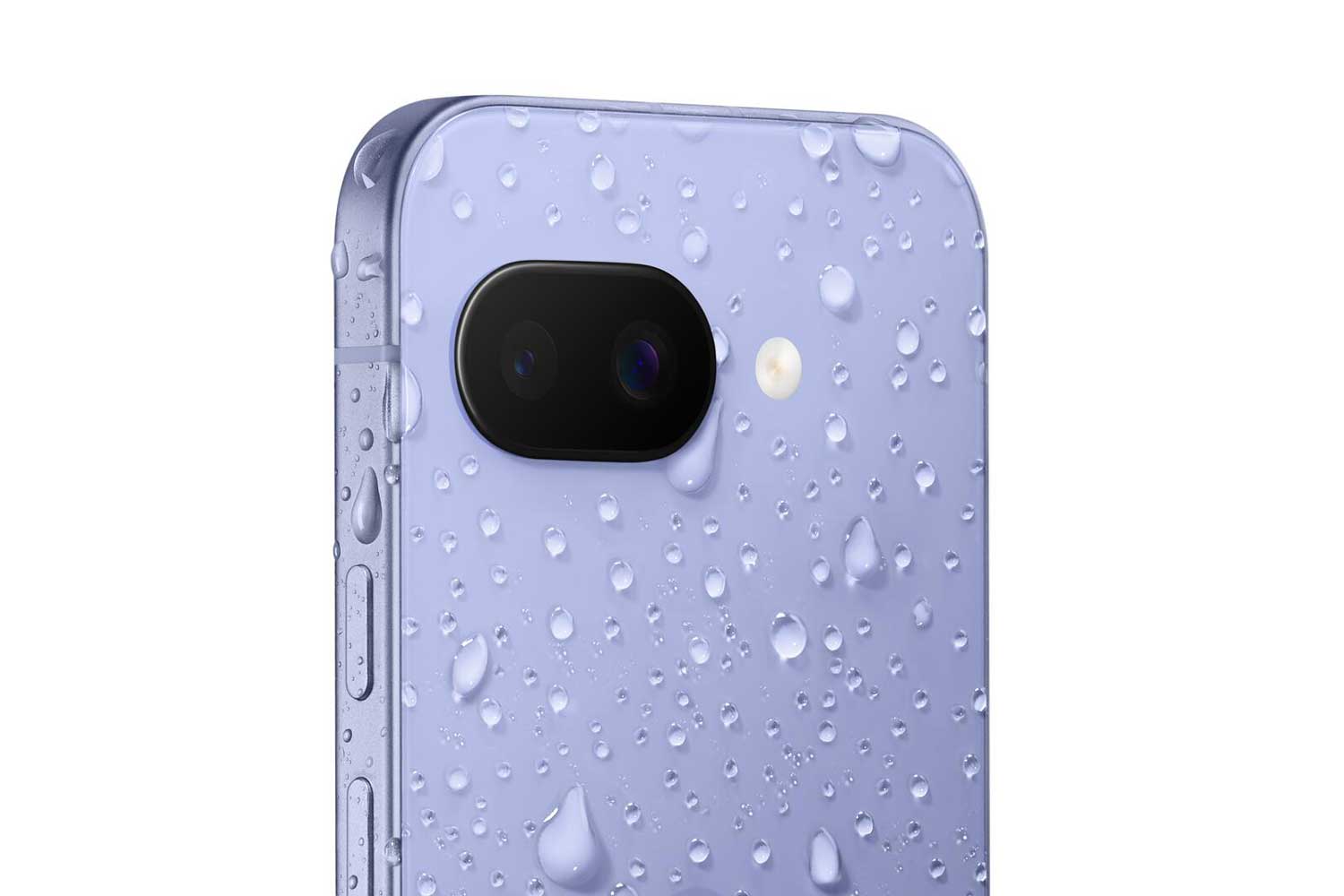
On paper, Apple is satisfied with a single 48 MP fusion camera and ignores the ultra-angle. The iPhone 16th, however, claims a 2-in-1 camera system with an integrated 2x telephoto lens and a digital zoom up to 10x.
On the video side, the Pixel 9a records up to 4K at 30 or 60 images per second (IPS). Its selfie camera supports 4K video capture at 30 IPS. The iPhone 16th offers the same options (4K to 30 and 60 IPS) for its main and selfie cameras, while adding the 4K to 24 and 25 IPS modes. Historically, the iPhone tends to shine in photo.
Winner: Equality
| Google Pixel 9a | iPhone 16e |
|
|
|
|
|
|
|
|
Autonomy and recharge: Apple optimizations make the difference
Google incorporates a 5,100 mAh battery in the 9a pixel, announced with a range of “more than 30 hours”. I have not yet checked this assertion. Apple does not disclose the capacity of its batteries, but says that the iPhone 16th offers “offers record autonomy for a 6.1 inch iPhone”. The technical sheet evokes up to 26 hours in video playback and up to 9 p.m. video streaming. Thanks to the optimizations of the apple brand and certain technical choices (such as Modem C1), the iPhone 16th seems to us better armed than its rival.
Regarding the load, it cannot be said that it is “fast” on one side as on the other. Google advances a wired load up to 23 W and wireless at 7.5 W, without precision on the charging time. Apple announces up to 50 % load in 30 minutes with a 20 W adapter (or more) for the iPhone 16th. In both cases, a charger will have to be obtained since it is not provided in the box.
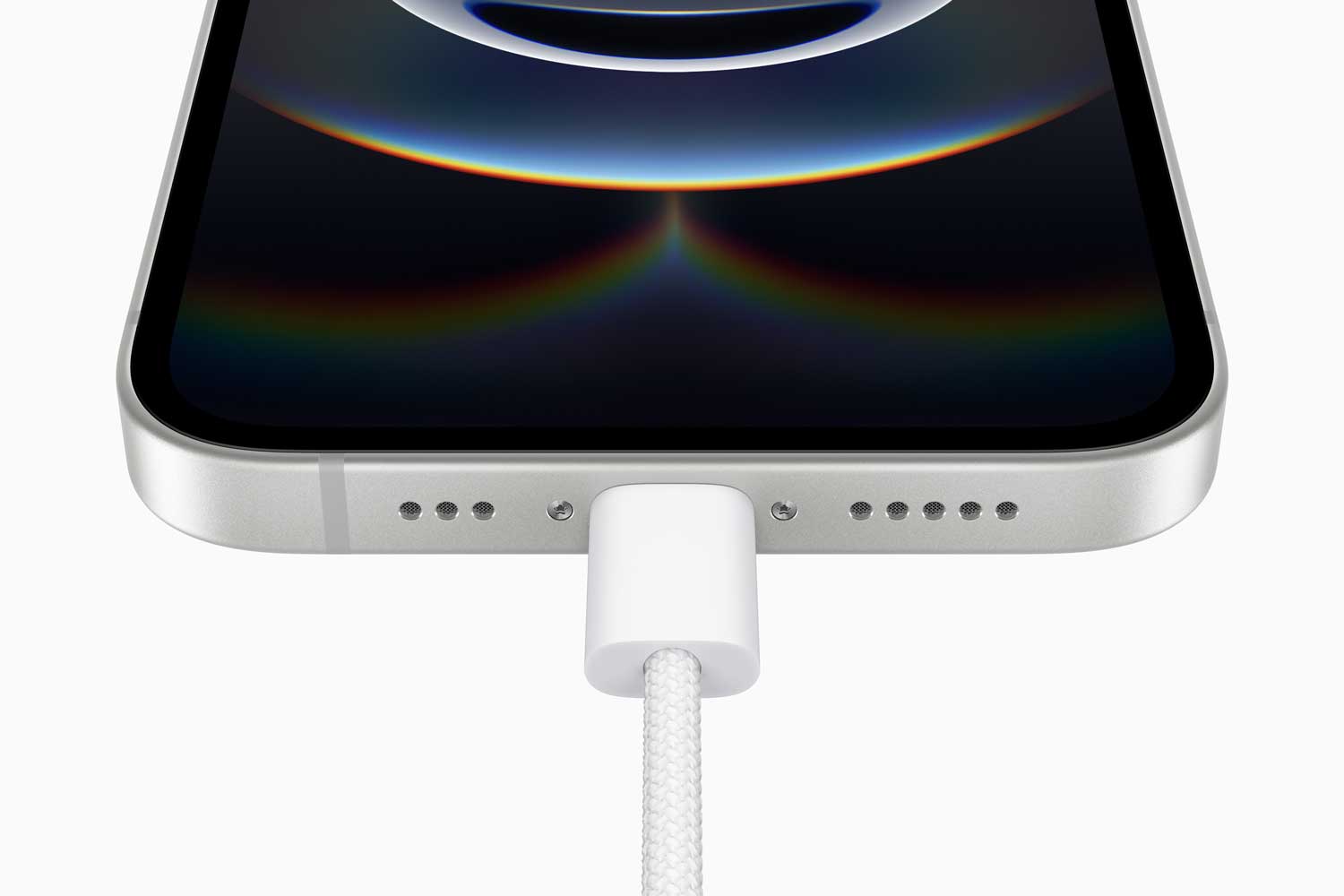
The iPhone 16th is also compatible with the Qi standard for an induction wireless load. On the other hand, there is no magsafe magnetic load with this model.
Winner: iPhone 16th
| Google Pixel 9a | iPhone 16e |
|
|
|
|
Price: there is no photo
The Google Pixel 9a is displayed from 549 euros (128 GB) and its price climbs up to 649 euros.
Apple offers the iPhone 16th in three storage configurations: 128 GB for 719 euros, 256 GB for 849 euros and 512 GB for 1,099 euros.
iPhone 16th at the best price Basic price: € 719
See more offers
With a price difference of 170 euros, we asked ourselves the question of making a comparison between these two models. We believe that it is still interesting to oppose two smartphones offered by two manufacturers who share a certain philosophy in terms of smartphone (the pixel is sometimes nicknamed “Android iPhone”). In addition, they are the “accessible” representatives of their respective ranges.
However, if the price alone is your concern, there is not really a debate. Google Pixel 9a is much more affordable.
Winner: Google Pixel 9a
🟣 To not miss any news on the Geek Journal, subscribe to Google News. And if you love us, .




